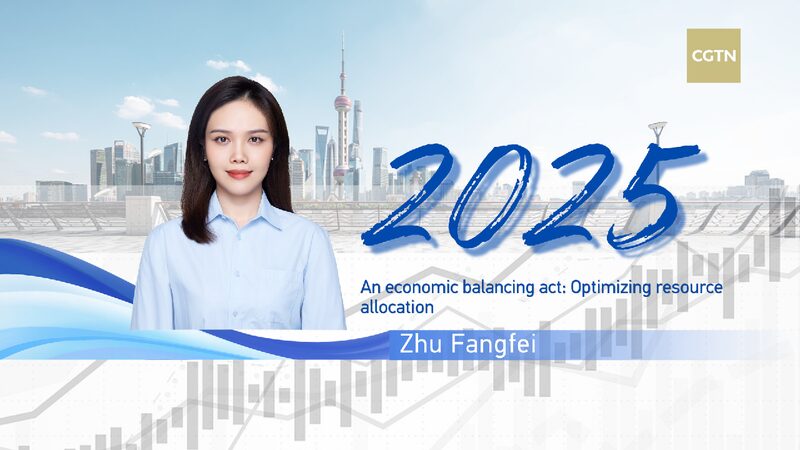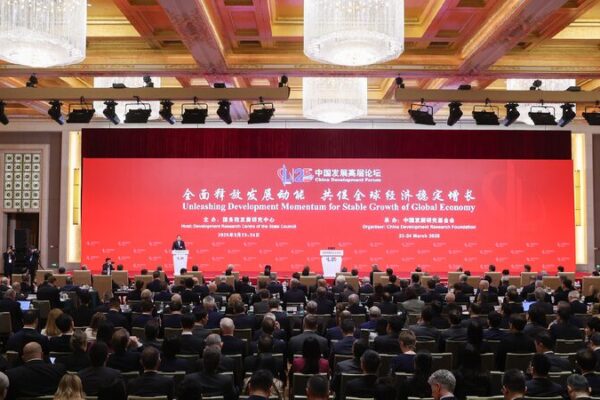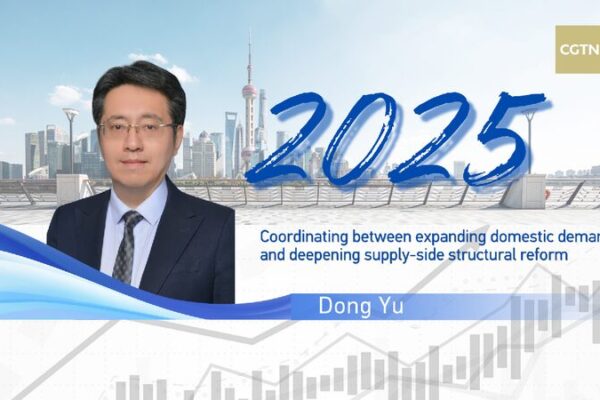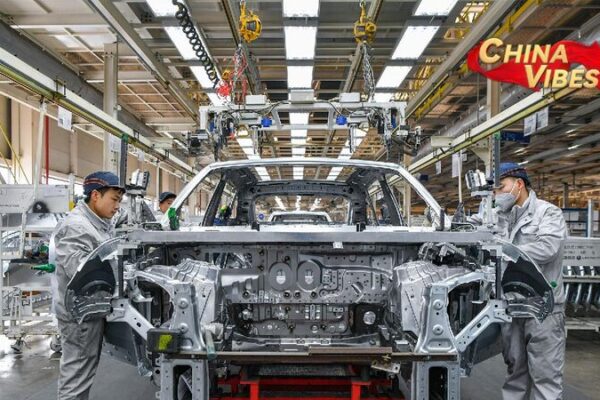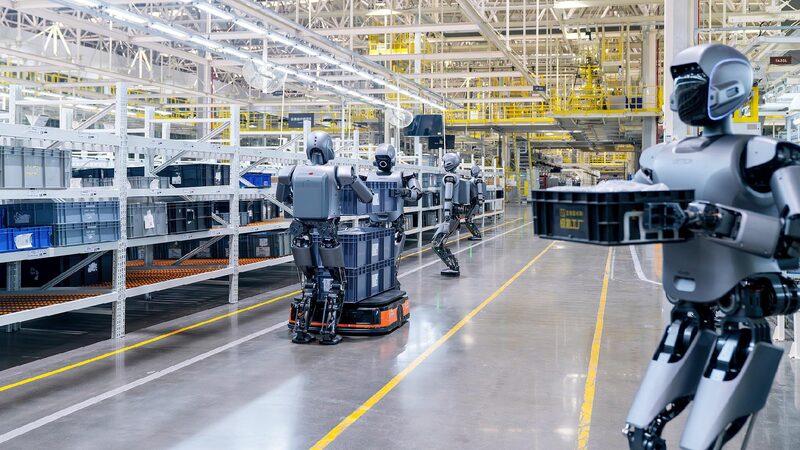China is embarking on a delicate economic balancing act. At the heart of their new strategy is a dual focus: optimizing new growth while breathing new life into existing assets.
In December 2024, at the Central Economic Work Conference, China’s leaders highlighted the importance of enhancing resource allocation efficiency. This means not just investing in new projects but also making sure that old or idle assets are put to good use.
Optimizing New Growth
China aims to refine how it allocates resources for new projects. By focusing on sectors like the digital economy, green energy, and high-end manufacturing, the country hopes to drive technological innovation. This isn’t just about building new factories or launching new products; it’s about leading in new directions, exploring new frontiers, and expanding development spaces.
Financial support for innovative businesses is also on the agenda. Strengthening mechanisms that promote innovation is key to helping companies adopt advanced technologies like artificial intelligence. This will aid in transforming traditional industries, making them more digital and intelligent.
Additionally, there’s a push to unlock consumer potential, especially in digital and green consumption. By tapping into these markets, China aims to provide new investment opportunities and stimulate economic growth along related industry chains.
Revitalizing Existing Assets
On the flip side, China recognizes the wealth of resources tied up in idle or inefficient assets. The plan is to make better use of these by:
- Utilizing Idle Land: Optimizing industrial parks and encouraging the use of unused land for new, advanced manufacturing projects.
- Managing Debt: Addressing hidden local government debts to maintain financial stability and prevent new debts from accumulating.
- Re-purposing Housing Stock: Using special funds to acquire and redevelop existing housing, ensuring better use of current buildings.
There’s also a focus on revitalizing industrial resources by leveraging current infrastructure to develop projects that prioritize innovation, environmental sustainability, and job creation.
Moreover, market-oriented reforms will help improve how companies exit or restructure. By smoothing channels for mergers, acquisitions, and debt restructuring, China aims to enhance the efficiency of market processes.
Synergy Between New and Old
Importantly, China understands that optimizing new growth and revitalizing existing assets are complementary goals. Revitalizing current assets can create opportunities for new growth, while smart investment in new projects can help make better use of what’s already there. Neglecting either side could hamper overall economic progress.
By coordinating both efforts, China aims to not only boost economic growth but ensure it’s high-quality and sustainable.
Reference(s):
cgtn.com
